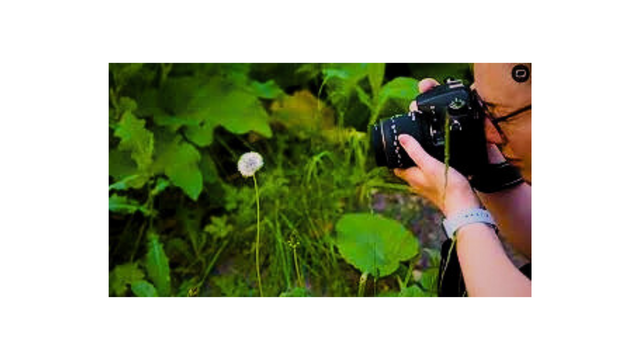Some Important Tips For Photography:
#Some Important Tips For Photography:
Creating compelling photographs often involves understanding and utilizing the concept of space. Spatial awareness in photography encompasses the arrangement of elements within the frame to convey depth, perspective, and a sense of three-dimensionality. Here are some spatial tips for photography:

Composition and Framing:
Rule of Thirds: Divide your frame into thirds both horizontally and vertically, and place your subject or key elements at the intersections or along the lines for a balanced composition.
Leading Lines: Use natural or man-made lines (e.g., roads, fences, rivers) to guide the viewer's eye deeper into the image, creating a sense of depth.
Frame Within a Frame: Incorporate elements like archways, windows, or foliage to frame your subject, providing a sense of depth and context.
Depth of Field:
Aperture Control: Adjust your camera's aperture to control the depth of field. A wider aperture (e.g., f/1.8) produces a shallow depth of field, isolating the subject, while a smaller aperture (e.g., f/11) provides a greater depth of field, making more of the scene sharp.
Perspective and Angles:
Experiment with different angles and heights to capture unique perspectives. Shooting from low angles can make subjects appear larger, while high angles can emphasize the surroundding environment.
Tilt and Shift: Use tilt-shift lenses or post-processing techniques to create a "miniature" effect, which can play with the viewer's perception of space.
Scale and Proportion:
Including objects of known size (e.g., a person, a tree) within the frame can help convey the scale and proportion of the scene, emphasizing the vastness or intimacy of the space.
Depth and Layering:
Create depth by including multiple layers in your composition. These layers can include a foreground, middle ground, and background, each contributing to the sense of space.
Aerial Perspective: Distant objects often appear lighter and less distinct due to atmospheric effects. Utilize this phenomenon to convey a sense of distance and space in landscape photography.
Negative Space:
Allow for negative space in your images, where empty or uncluttered areas serve to emphascize the subject and provide a sense of openess within the frame.
Patterns and Textures:
Patterns, textures, and repetitive elements can add visual interest to your photos and provide depth by creating a sense of dimension within the frame.
Lighting:
Manipulate lighting to enhance spatial qualities. Side lighting can reveal texture and form, while backlit subjects can create a sense of depth and mood.
Post-Processing:
Use software like Adobe Lightroom or Photoshop to fine-tune spatial aspects of your photos. Adjust contrest, brightness, and sharpness to enhance spatial depth.
Experiment and Learn:
Photography is an art form, and practice is key. Experiament with different spatial techniques, review your work, and learn from your successes and mistakes.
Remember that understanding spatial elements in photography takes time and practice. Developing your own style and unique perspective will help you create visually captivating and emotionnally engaging images that make the most of spatial principles.